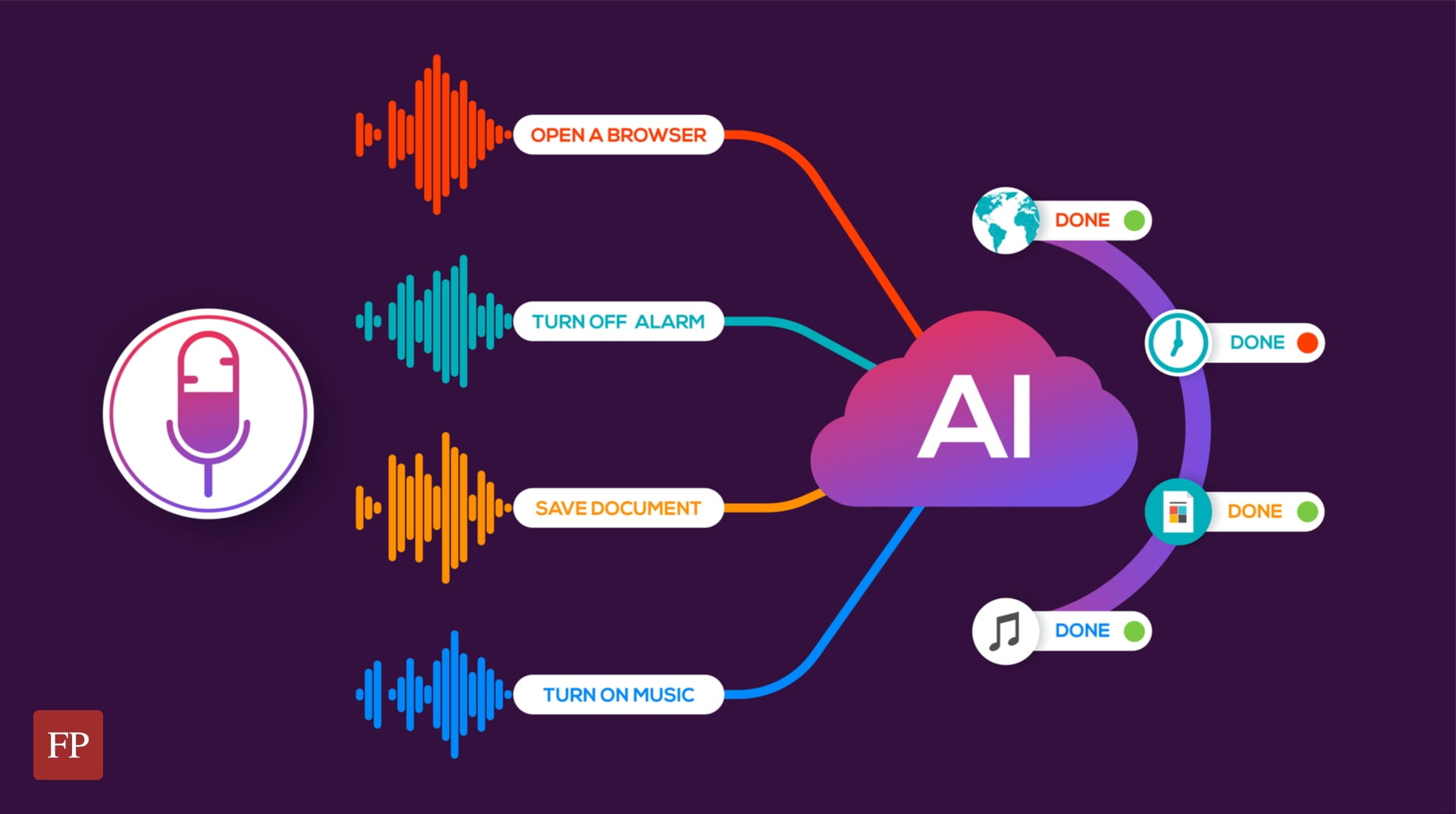
Speech to Text: The Complete 2025 Guide for Small-Business Owners
Introduction
Picture this: You’re driving between client meetings when a million-dollar idea pops into your head.
With speech to text, you record the thought instantly—no typing required.
This article shows how small-business owners can harness voice to text, real-time transcription, and AI-powered dictation to streamline workflows, reduce costs, and sharpen their competitive edge.
By the end, you’ll know which features to prioritize, how to implement them, and how to calculate the ROI.
What Is Speech to Text & How Does It Work?
speech to text relies on deep neural networks to change audio waves into readable text.
Key steps include:
- Audio pre-processing: noise reduction and volume normalization
- Feature extraction: converting audio into Mel-frequency cepstral coefficients
- Neural inference: predicting characters or copyright
- Post-processing: adding punctuation, capitalization, and formatting
The output appears on your screen in near real time, ready for sharing or archiving.
The Business Case: Why Entrepreneurs Can’t Ignore Speech to Text
Entrepreneurs face tight margins and even tighter schedules.
speech to text addresses core pain points:
- Rapid Documentation: Convert sales calls into CRM notes instantly.
- Enhanced Focus: Capture brainstorms hands-free during commutes.
- Reduced Burnout: Automating tedious typing lowers cognitive load on small teams.
A 2023 study by MIT found companies using speech tech reduced documentation time by 38 %.
Choosing the Right Speech to Text Tool: Must-Have Features
Not all platforms are built alike.
When comparing voice to text products, prioritize:
1. Accuracy plus Multilingual Coverage
- Aim for at least 95 % verified accuracy.
- Check regional accent and language packs you’ll actually use.
2. Real-Time Transcription Speed
- Lag should be under 300 ms for smooth meetings.
3. Security & Compliance
- End-to-end encryption protects sensitive data.
- HIPAA or GDPR requirements? Verify certifications.
4. Open Integrations
- Plug into Zoom, Slack, or your CRM with minimal code.
A feature checklist like the one above ensures you don’t pay for bells and whistles you’ll never need.
Practical Applications of Speech to Text for Small Businesses
Still wondering if voice to text fits your niche? Consider these bite-sized case studies.
- Law Firm (5 employees): Shifted to voice dictation for drafts, gaining 15 extra billable hours monthly.
- eCommerce Brand: Real-time transcription of TikTok Lives boosted subtitle engagement by 34 %.
- Consultancy: Meeting transcripts fed into an AI summarizer, generating shareable memos in 60 s.
Step-By-Step Guide to Deploying Speech to Text
Deploying real-time transcription? Try this agile sprint approach.
- Week 1: Pilot inside one department.
- Week 2: Collect feedback; adjust custom vocabulary.
- Week 3: Roll out across multiple teams.
- Week 4: Document SOPs, then negotiate enterprise pricing.
Pitfalls & Myths: What Can Go Wrong and How to Fix It
Misconceptions still abound. Let’s debunk a few.
- “Speech to text is only for big enterprises.” Wrong—small firms usually recoup costs sooner due to agility.
- “My accent won’t be recognized.” Modern engines train on global datasets, so accuracy stays high.
- “Setup takes months.” Cloud APIs spin up in minutes; most teams go live inside a week.
What’s Next for Speech to Text Technology?
Analysts predict the speech tech market will surpass \$50 billion by 2028.
There’s no better moment to start experimenting.

Conclusion
From capturing brainstorms to automating compliance logs, speech to text is no longer optional—it’s a growth catalyst.
You now have the blueprint: understand the tech, choose the right features, launch in sprints, and monitor ROI.
Ready to level-up your team’s productivity?
Take action today: grab a free trial, integrate it into tomorrow’s meeting, and witness the difference.
FAQ
- What is speech to text and how accurate is it?
Speech to text converts spoken copyright to written text using AI; top solutions now exceed 95 % accuracy in real-time transcription.
- Is voice to text secure for sensitive data?
Top platforms include AES-256 encryption and often meet HIPAA/GDPR standards, protecting sensitive transcripts.
- Can I use real-time transcription during video conferences?
Absolutely. Most major speech to text APIs integrate with Zoom, Teams, and Google Meet, generating live captions instantly.
- Does speech to text work with different accents?
Current speech to text models are trained on varied accent libraries and typically maintain strong accuracy across dialects.
- How much does a voice dictation platform cost?
Costs vary: free plans exist, pay-per-minute averages \$0.006, and many small firms spend less than \$50 monthly.